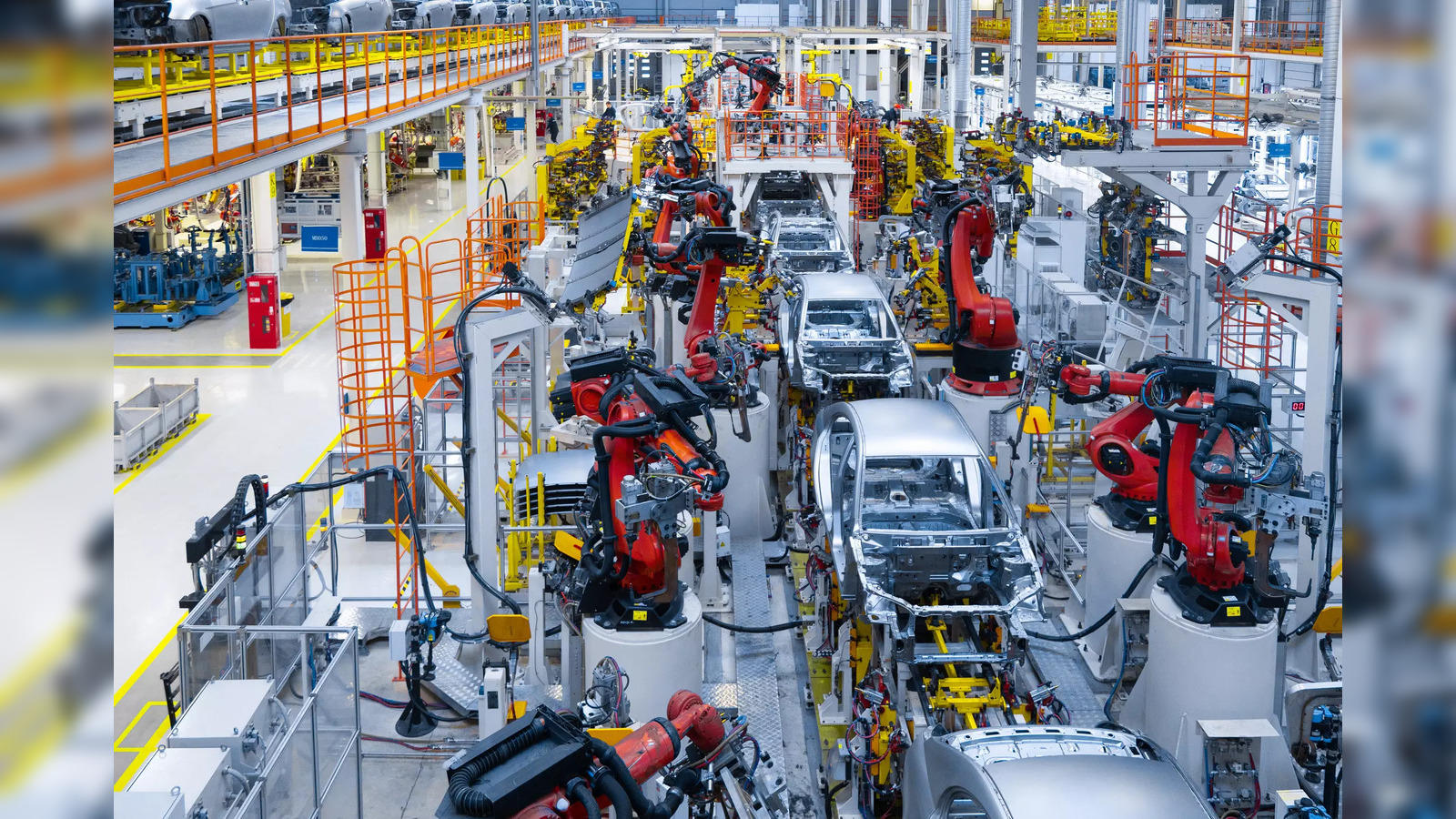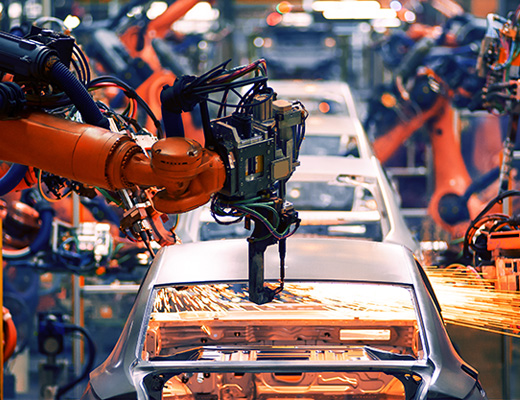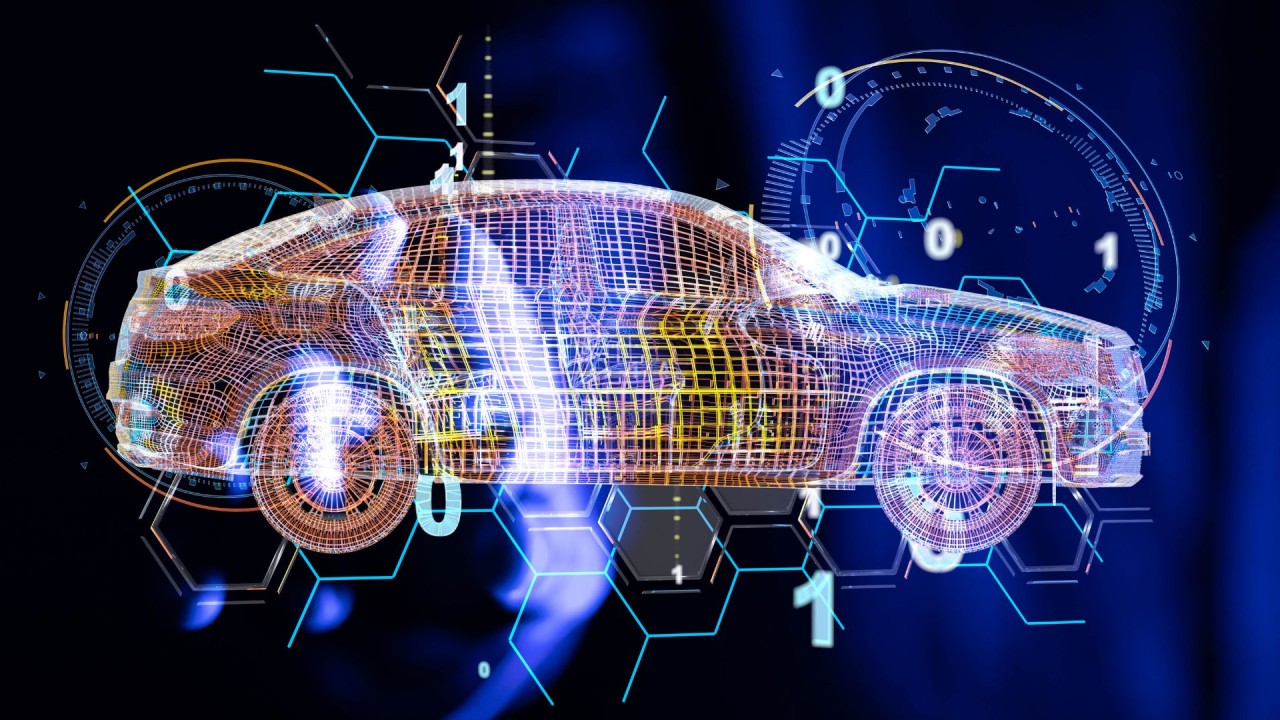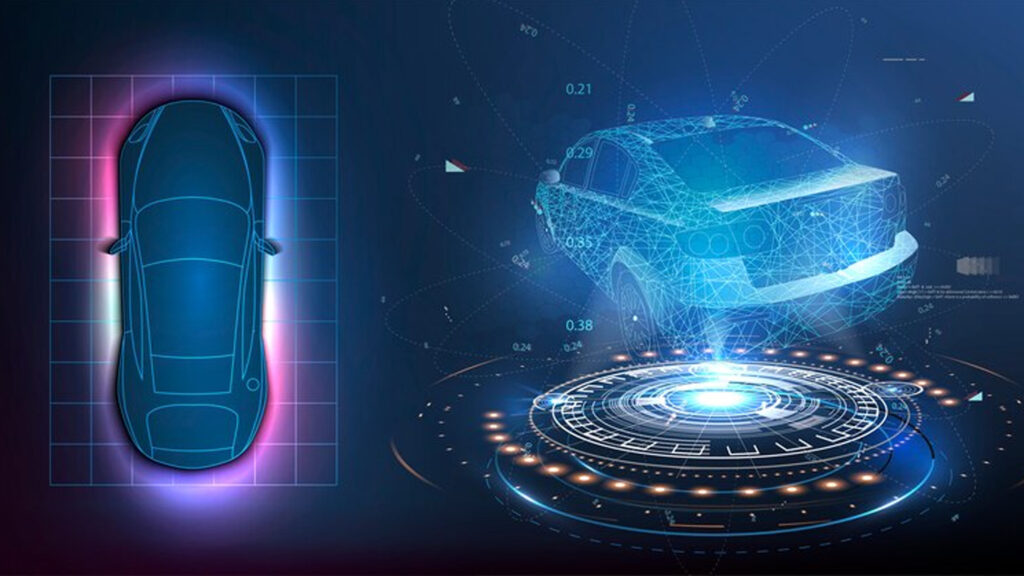Driving the Future: A Comprehensive Look into the Automotive Industry
Introduction
The automotive industry has always been at the forefront of innovation, constantly evolving to meet the demands of consumers and the challenges of a changing world. From the invention of the first automobile by Karl Benz in 1885 to the development of electric and autonomous vehicles in the 21st century, the industry has come a long way. In this article, we will delve into the various aspects of the automotive industry, exploring its history, current trends, technological advancements, and future outlook.
Historical Overview
The history of the automotive industry is a testament to human ingenuity and technological progress. It began in the late 19th century with the invention of the first gasoline-powered automobile by Karl Benz. This invention revolutionized transportation and paved the way for the mass production of automobiles.
Throughout the 20th century, the automotive industry experienced rapid growth and innovation. Henry Ford's introduction of the assembly line in 1913 transformed the manufacturing process, making cars more affordable and accessible to the general public. The post-World War II era saw the rise of the Big Three automakers—General Motors, Ford, and Chrysler—dominating the global market.
In recent decades, the automotive industry has faced numerous challenges, including economic downturns, environmental concerns, and changing consumer preferences. However, it has also witnessed remarkable advancements in technology, leading to the emergence of electric and autonomous vehicles.
Current Trends
The automotive industry is currently experiencing a period of profound transformation, driven by several key trends:
- Electrification: With increasing concerns about climate change and air pollution, there is a growing demand for electric vehicles (EVs). Major automakers are investing heavily in electric vehicle technology, with Tesla leading the way in innovation and market share. Governments around the world are also implementing policies to incentivize the adoption of EVs, such as subsidies and stricter emissions standards.
- Connectivity: The rise of the Internet of Things (IoT) has led to greater connectivity in automobiles, enabling features such as GPS navigation, remote diagnostics, and over-the-air software updates. Connected cars offer a more personalized and convenient driving experience, with the potential to improve safety and efficiency.
- Autonomous Driving: Autonomous vehicles (AVs) represent the future of transportation, promising to revolutionize the way we travel. Companies like Waymo, Uber, and Tesla are leading the development of self-driving technology, although widespread adoption still faces regulatory and technical challenges.
- Shared Mobility: The rise of ride-sharing services like Uber and Lyft has changed the way people think about car ownership. Shared mobility solutions offer a more cost-effective and sustainable alternative to traditional car ownership, especially in urban areas where congestion and parking are major concerns.
Technological Advancements
Advancements in technology are driving innovation in the automotive industry, leading to safer, more efficient, and environmentally friendly vehicles. Some of the most significant technological developments include:
- Battery Technology: Improvements in battery technology have made electric vehicles more practical and affordable, with longer range and faster charging times. Companies like Tesla and Panasonic are investing in next-generation battery technology to further reduce costs and increase energy density.
- Advanced Driver-Assistance Systems (ADAS): ADAS features such as adaptive cruise control, lane-keeping assist, and automatic emergency braking are becoming increasingly common in modern vehicles. These systems improve safety by helping drivers avoid accidents and reduce the severity of collisions.
- Vehicle-to-Everything (V2X) Communication: V2X technology allows vehicles to communicate with each other and with the surrounding infrastructure, enabling features such as collision avoidance, traffic management, and cooperative driving. This technology has the potential to significantly reduce traffic congestion and improve road safety.
- Artificial Intelligence (AI): AI is playing an increasingly important role in the automotive industry, powering autonomous driving systems, predictive maintenance algorithms, and personalized user experiences. Machine learning algorithms analyze vast amounts of data to optimize vehicle performance and improve efficiency.
Future Outlook
The future of the automotive industry is full of promise and uncertainty. On one hand, technological advancements are driving innovation and opening up new possibilities for the future of transportation. On the other hand, challenges such as regulatory hurdles, infrastructure limitations, and consumer acceptance remain significant barriers to overcome.
In the coming years, we can expect to see continued growth in electric and autonomous vehicles, as well as further integration of connectivity and AI technologies. The shift towards sustainable mobility solutions will accelerate, driven by environmental concerns and government regulations. Shared mobility services will continue to expand, offering convenient alternatives to car ownership in urban areas.
Sustainability Initiatives: 
Environmental concerns have led to increased focus on sustainability within the automotive industry. Automakers are investing in eco-friendly materials, reducing carbon emissions in manufacturing processes, and exploring alternative energy sources. Additionally, there is a growing trend towards circular economy principles, with companies aiming to reduce waste and maximize resource efficiency throughout the vehicle lifecycle.
Supply Chain Resilience:
The COVID-19 pandemic highlighted the vulnerabilities of global supply chains, prompting automakers to reassess their sourcing strategies and supply chain resilience. There is a growing emphasis on localizing production and diversifying supply chains to mitigate risks and ensure continuity of operations in the face of future disruptions.
Mobility-as-a-Service (MaaS):
The concept of Mobility-as-a-Service (MaaS) is gaining traction, offering integrated, on-demand transportation solutions that combine various modes of transportation, such as public transit, ride-sharing, and bike-sharing, into a seamless user experience. MaaS platforms provide consumers with more flexibility and convenience while promoting sustainable mobility options and reducing congestion.
Regulatory Landscape:
Government regulations play a crucial role in shaping the automotive industry, particularly in areas such as vehicle emissions standards, safety regulations, and taxation policies. As countries around the world seek to address climate change and air quality issues, we can expect to see stricter emissions regulations and incentives for electric and low-emission vehicles.
Shift to Digital Retail:
The rise of e-commerce and digitalization is transforming the way consumers shop for cars. Automakers and dealerships are investing in online sales platforms, virtual showrooms, and digital marketing strategies to reach customers and provide a seamless buying experience. The COVID-19 pandemic accelerated this shift towards digital retail, as social distancing measures limited in-person interactions.
Reshaping Urban Mobility:
Urbanization trends are reshaping the way people live and travel in cities. As urban populations continue to grow, there is a growing need for sustainable, efficient transportation solutions that reduce congestion and improve air quality. Cities are investing in public transit, bike lanes, pedestrian infrastructure, and smart mobility solutions to create more livable, connected urban environments.
Conclusion
The automotive industry is undergoing a period of rapid transformation, driven by technological innovation, shifting consumer preferences, and global megatrends. From electrification and autonomous driving to sustainability initiatives and digitalization, automakers are facing a myriad of opportunities and challenges as they navigate the road ahead.
By embracing innovation, collaboration, and sustainability, the automotive industry can drive positive change and shape the future of transportation for generations to come. However, success will require a concerted effort from all stakeholders, including automakers, governments, regulators, and consumers, to overcome barriers and realize the full potential of a more sustainable, connected, and efficient mobility ecosystem. As we continue on this journey, one thing is clear: the automotive industry has the potential to drive meaningful change and create a brighter future for all.


























![[ℕ𝕖𝕧𝕖𝕣] 𝕊𝕖𝕝𝕝 𝕐𝕠𝕦𝕣 𝔹𝕚𝕥𝕔𝕠𝕚𝕟 - And Now What.... Pray To The God Of Hopium?](https://cdn.bulbapp.io/frontend/images/79e7827b-c644-4853-b048-a9601a8a8da7/1)














